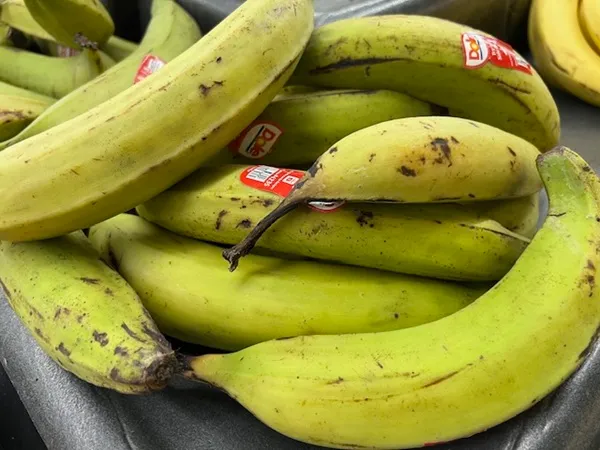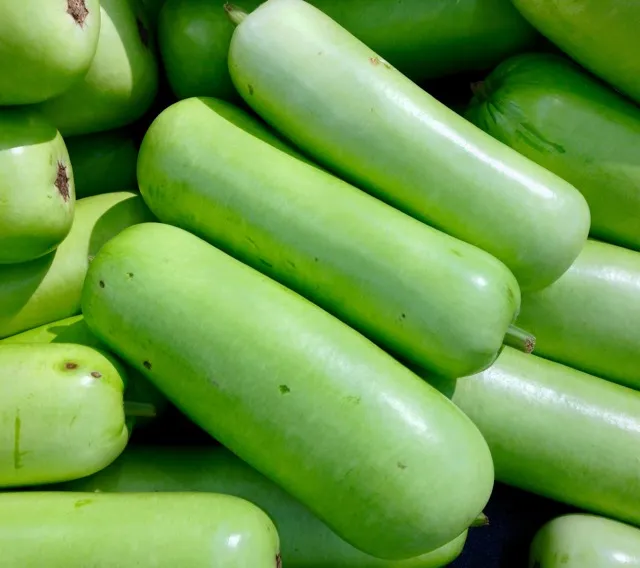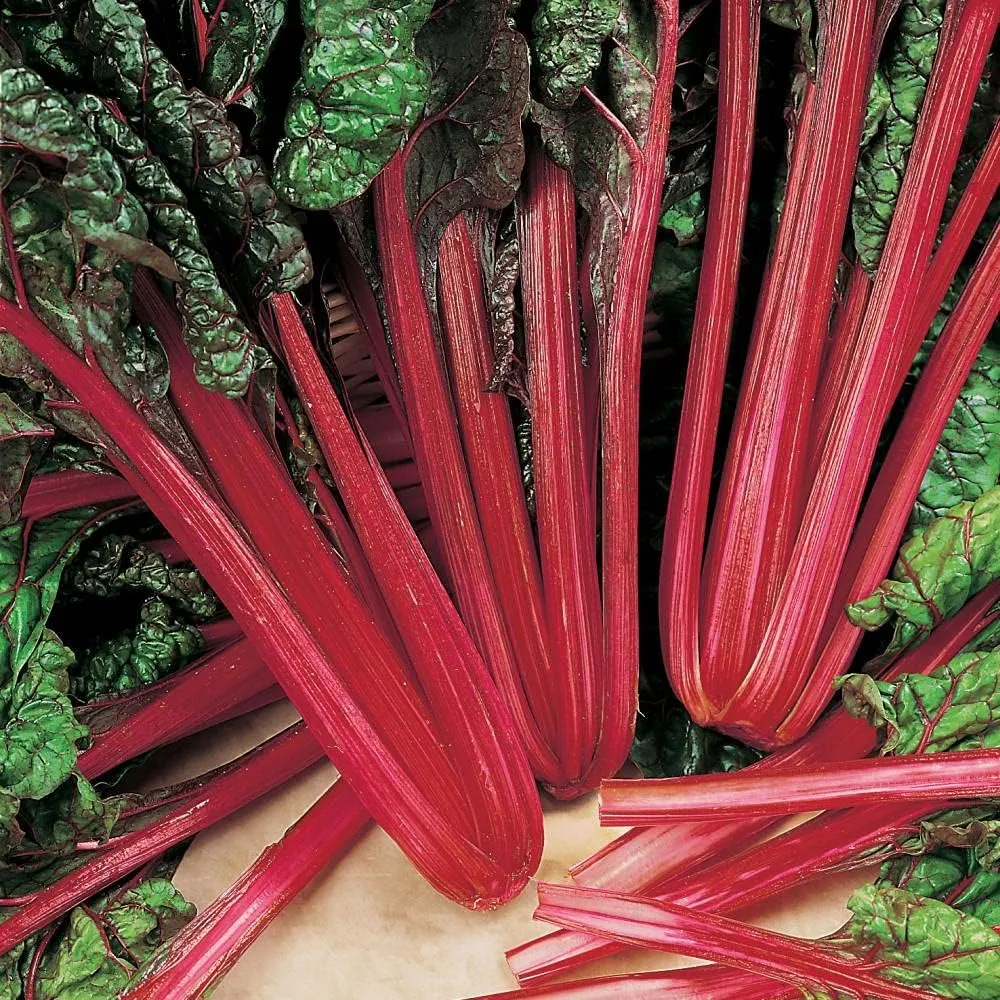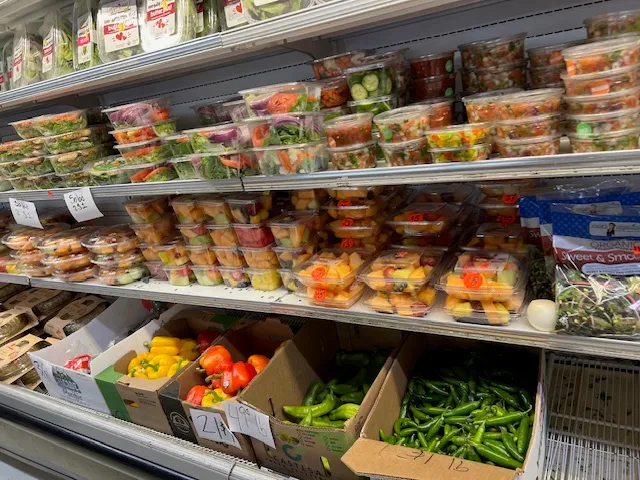Table of Contents
Plantains: The Versatile Staple of the Tropics
Introduction
Plantains (Musa paradisiaca), often called "cooking bananas," are a starchier, less sugary cousin of the common banana. A dietary cornerstone in tropical regions, they are celebrated for their versatility, nutrition, and role in global cuisine. Unlike bananas, plantains are typically cooked before eating, transforming from savory when unripe to sweet as they ripen. This article explores their nutritional profile, culinary uses, cultivation, and global economic impact.
Nutritional Powerhouse
Plantains are rich in complex carbohydrates, fiber, and essential vitamins and minerals (per 100g raw):
- Calories: 122 kcal
- Carbs: 32g (including 2g fiber)
- Vitamins: High in vitamin A (1,127 IU), vitamin C (18mg), and vitamin B6.
- Minerals: Potassium (499mg), magnesium (37mg), and iron (0.6mg).
Their low fat content and high resistant starch (when unripe) support digestive health and blood sugar regulation. Ripe plantains offer antioxidants like beta-carotene, enhancing immunity and vision.
Culinary Delights: Raw vs. Ripe Recipes
Raw (Unripe) Plantain Recipes
- Tostones (Fried Plantains):
- Slice green plantains into thick rounds, fry until golden, flatten, and fry again. Serve with garlic sauce or guacamole.
- Plantain Chips:
- Thinly slice, deep-fry, and season with salt or chili powder for a crispy snack.
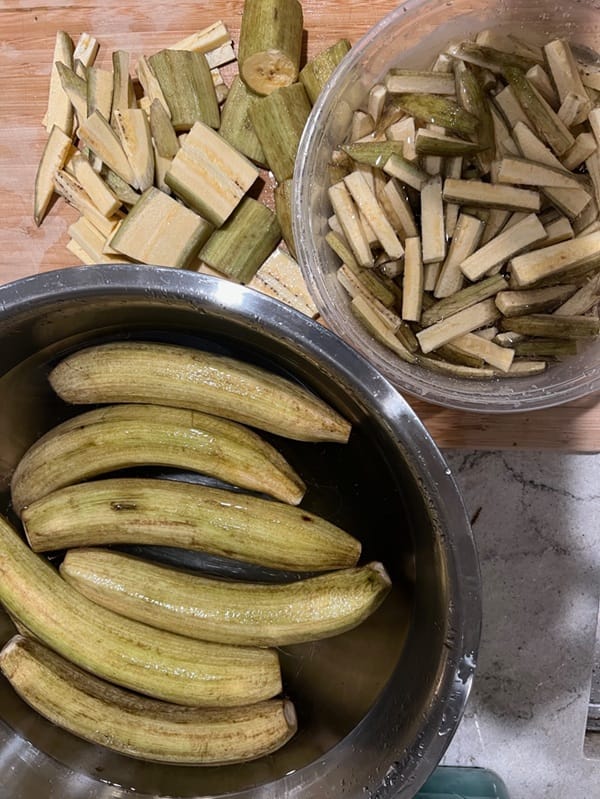
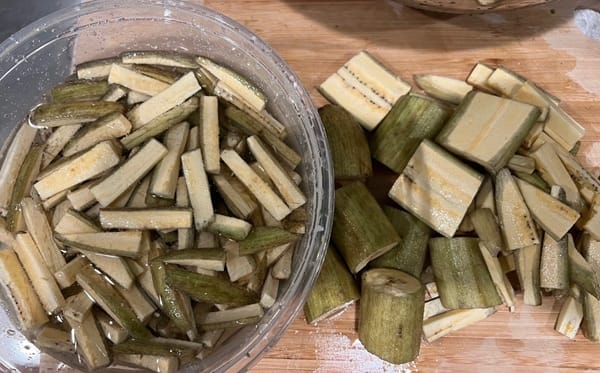
Ripe (Sweet) Plantain Recipes
- Maduros:
- Fry caramelized yellow-black plantains as a sweet side dish.
- Plantain Porridge:
- Simmer mashed ripe plantains with coconut milk, cinnamon, and nutmeg for a Caribbean breakfast.
Cultivation Conditions
Plantains thrive in tropical climates with:
- Temperature: 25–30°C (77–86°F).
- Rainfall: 1,200–2,500mm annually.
- Soil: Well-drained, loamy soil (pH 5.5–7.0).
Propagated via suckers or tissue culture, they mature in 9–12 months. Perennial and sensitive to wind, they require mulch and irrigation in dry spells.
Global Cultivation & Economic Impact
- Top Producers: Nigeria (leading global production), Ghana, Colombia, India and Ecuador.
- Economic Role: A vital income source for smallholder farmers in Africa and Latin America.
Threats: Plant Diseases
- Panama Disease (Fusarium Wilt): Soil-borne fungus; managed by resistant cultivars.
- Black Sigatoka: Leaf spot disease; controlled with fungicides and pruning.
- Nematodes: Pest-resistant varieties and crop rotation mitigate damage.
Global Trade: Import/Export Dynamics
- Exporters: Ecuador, Colombia, and the Philippines supply the U.S., EU, and Asia.
- Challenges: Perishability demands careful handling; organic demand is rising.
- U.S. Imports: ~500,000 metric tons annually, largely from Central America.
Availability
Widely available in tropical regions and global ethnic markets. In temperate zones, find them in Latino, African, or Asian grocery stores, often sold green or semi-ripe.
Conclusion
Plantains bridge nutrition, culture, and agriculture. From hearty West African stews to sweet Latin American desserts, they nourish millions while bolstering rural economies. As global cuisine evolves, plantains remain a testament to nature’s versatility and resilience.

